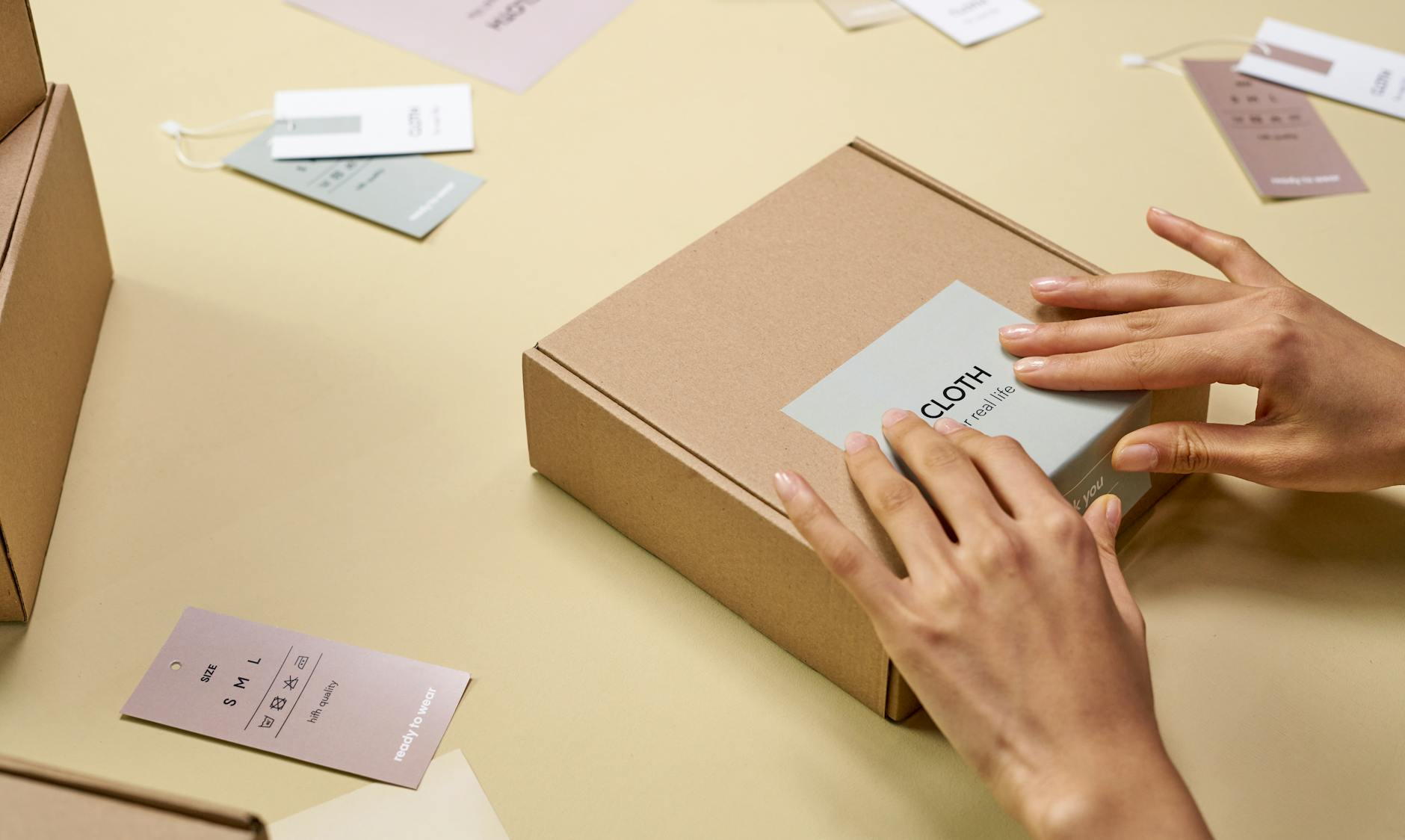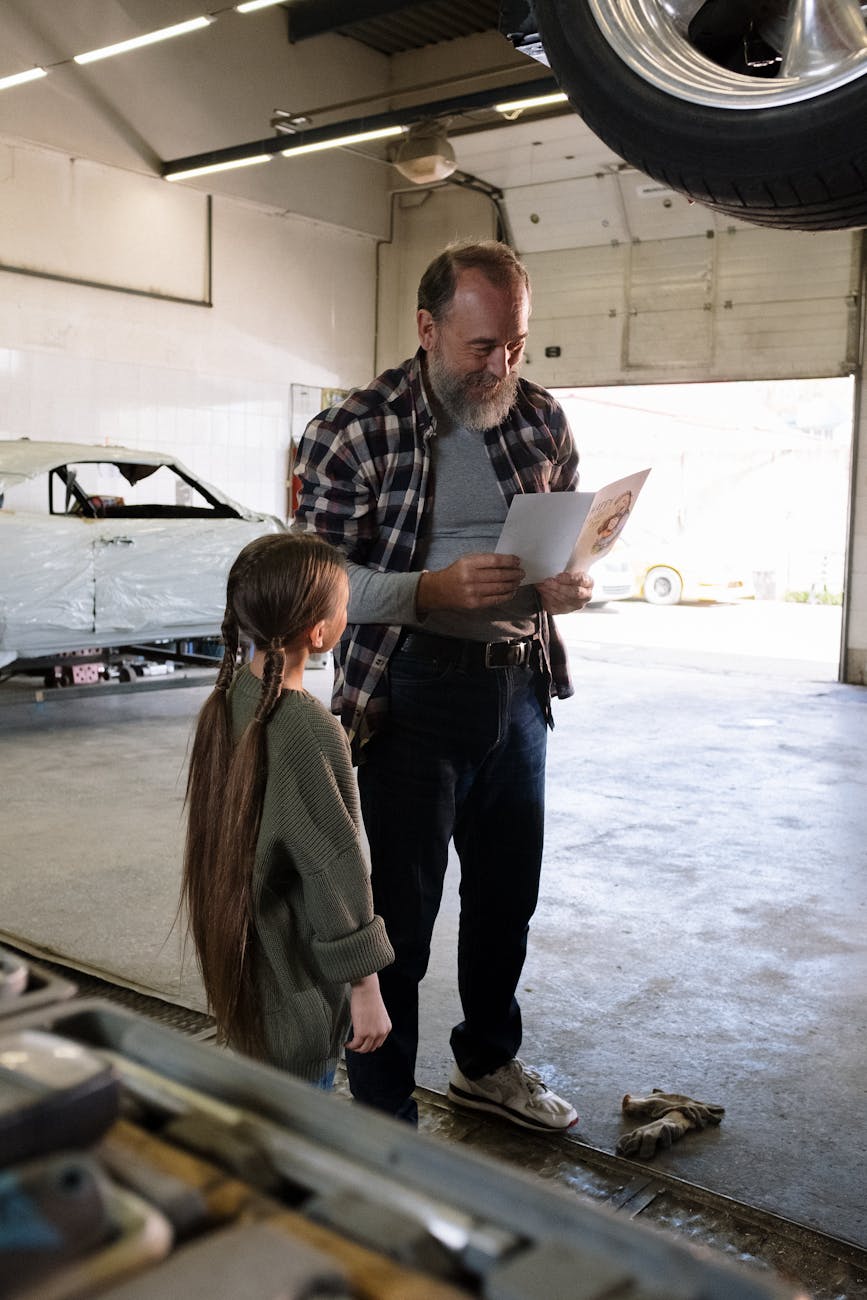Introduction
Choosing gifts that reflect care for people and the planet is increasingly important. This article explores eco-friendly gift ideas for any occasion, aimed at conscious givers who want presents that are useful, durable and ethically made. You will find guiding principles to evaluate sustainability, concrete gift categories with practical examples, tips for tailoring and personalizing without generating waste, and smart ways to wrap and deliver presents. The goal is to make sustainable giving simple and appealing, whether you are shopping for a birthday, holiday, wedding or thank-you. Read on to discover how small choices—materials, lifespan, certifications and presentation—add up to meaningful reductions in waste and carbon impact while still delighting recipients.
Principles of eco-friendly gifting
Start by applying a few practical criteria when selecting a gift. These form the backbone of sustainable decisions and help you compare options across price points and recipient needs.
- Durability and usefulness: A well-made item used daily spreads its environmental cost over many years. Prioritize repairable and timeless designs.
- Material and sourcing: Natural, recycled or reclaimed materials tend to have lower impact than virgin synthetics when produced responsibly. Look for clear provenance and fair-labor signals.
- End-of-life options: Can the gift be repaired, reused, composted or recycled? Products designed for circularity reduce long-term waste.
- Packaging and transport: Minimal, recyclable or compostable packaging and local sourcing cut emissions and waste.
- Experience and consumption trade-offs: Experiences, memberships and consumables can create value without long-lived waste when chosen carefully.
Evaluating gifts with these principles helps you balance emotional impact and environmental responsibility. Consider the recipient: a plant lover may prefer a living gift, while a frequent traveler benefits from compact, durable gear.
Sustainable gift categories and ideas
Below are actionable categories with examples you can adapt by budget and occasion. Each category can be scaled up or down and personalized.
- Reusable everyday goods: Stainless steel water bottles, insulated coffee cups, beeswax food wraps, reusable produce bags, and silicone storage alternatives. These reduce single-use consumption quickly.
- Ethical apparel and accessories: Organic cotton or linen clothing, second-hand or vintage pieces, and accessories made from recycled materials. Choose classic cuts to extend wear.
- Personal care and beauty: Solid shampoo bars, refillable skincare, bamboo toothbrushes, and refillable deodorants. Look for fragrance-free or low-chemical formulations for sensitivity and durability.
- Home and kitchen: Energy-efficient appliances, cast iron cookware, upcycled textiles, and locally made ceramics. Practical items that last reduce replacement waste.
- Experiences and subscriptions: Concert tickets, classes, museum memberships, food delivery from local farms, or a seasonal produce subscription. Experiences often create memories with minimal material waste.
- DIY, upcycled and handmade: Personal touches like homemade preserves in reusable jars, hand-knitted scarves, or art made from reclaimed materials show thoughtfulness and low environmental cost.
- Charitable gifts and carbon offsets: Donate in a recipient’s name to a vetted charity or fund a local conservation project for a recipient who values social impact.
How to choose and personalize sustainably
Personalization increases a gift’s perceived value, making it more likely to be kept and cherished. Use these tactics to make sustainable choices feel special.
- Match needs and habits: Observe what the recipient already uses. A commuter who often buys takeaway coffee will appreciate a high-quality travel mug.
- Prefer experiences when material gain is low: If the recipient has many possessions, choose a class, outing or donation instead of another object.
- Use second-hand thoughtfully: For vintage lovers, curated second-hand finds can be more meaningful than new items. Verify condition and authenticity.
- Customize without single-use trinkets: Add a handwritten note, a small plantable seed card, or a reusable accessory rather than one-time-use personalization.
- Include care and repair instructions: A simple guide on maintenance extends product life and signals long-term thinking.
Wrap, deliver and measure impact
Presentation matters, but it does not require waste. Sustainable wrapping and delivery choices complete the lifecycle thinking for your gift.
- Wrapping alternatives: Use fabric wraps, reusable gift bags, old maps or newspapers, or plain recyclable paper tied with twine. Plantable seed paper tags add a green flourish.
- Shipping and local pick-up: When sending items, choose consolidated shipments, local artisans and low-emission carriers when options exist. For bulky gifts, local pickup reduces transport emissions.
- Packaging reductions: Ask sellers to minimize packaging and reuse boxes when possible. Small stickers with care tips can replace plastic inserts.
- Measure impact simply: Track one or two metrics like durability and packaging waste for gifts over a year to see real reductions in single-use items.
Quick comparison of common sustainable gift types
| Gift type | Typical materials | Estimated lifespan | Reusability or end-of-life | Typical price range | Estimated carbon impact |
|---|---|---|---|---|---|
| Stainless steel bottle | Stainless steel, silicone | 5 to 10 years | High; recyclable | $15 to $60 | Low per use |
| Organic cotton t-shirt | Organic cotton | 2 to 5 years | Repairable; biodegradable in composting conditions | $20 to $80 | Medium |
| Beeswax food wraps | Cotton, beeswax, jojoba oil | 6 to 12 months | Biodegradable; compostable | $8 to $30 | Low |
| Houseplant | Living plant, soil, pot | Years with care | Living; low waste | $10 to $100 | Low |
| Experience or class | Service | Immediate lifetime value | No physical waste | $20 to $200+ | Low to medium |
| Upcycled jewelry | Reclaimed metals, beads | Many years | High reuse value | $25 to $150 | Low to medium |
Conclusion
Sustainable gifting is about intention as much as items. Apply the principles of durability, responsible materials, repairability and minimal packaging to any present to reduce waste and carbon impact. Choose categories that match the recipient: reusable everyday goods for practical people, experiences for those who value memories, and second-hand or upcycled pieces for style-conscious recipients. Personalize in ways that encourage long-term use, and wrap and ship with low-waste methods. Small, consistent choices—like opting for a reusable bottle over a single-use one or gifting a local experience—compound into meaningful environmental benefits while keeping gifts thoughtful and enjoyable. With these strategies, conscious givers can celebrate occasions in a way that delights recipients and respects the planet.
Image by: Ron Lach
https://www.pexels.com/@ron-lach




